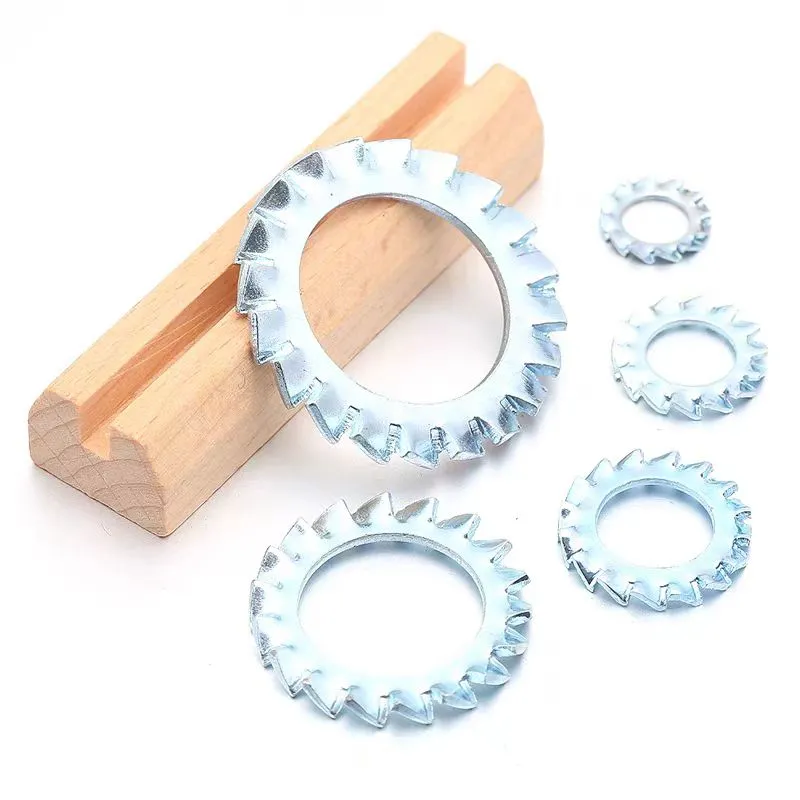

Exploring the Versatile Applications and Innovations in Bolt Technology and Fastening Solutions
8월 . 01, 2024 02:21 Back to list
Exploring the Versatile Applications and Innovations in Bolt Technology and Fastening Solutions
Understanding Bolts Essential Components for Engineering and Construction
Bolts are one of the most fundamental and widely used fasteners in engineering, construction, and manufacturing. They play a critical role in holding structures and machinery together, ensuring stability, safety, and durability. As simple as they may seem, bolts come in various types, materials, and specifications, each designed to meet specific requirements in different applications. Understanding bolts and their functions is essential for anyone involved in construction or engineering projects.
Types of Bolts
There are several types of bolts, each serving a unique purpose. The most common types include
1. Hex Bolts These are six-sided bolts widely used in construction and manufacturing. They provide a strong grip and are suitable for securing heavy materials. Hex bolts typically require a corresponding nut for fastening.
2. Carriage Bolts Characterized by a rounded head and a square neck, carriage bolts are often used in wood-to-wood applications. The square neck prevents the bolt from turning when tightened, providing a secure fit.
3. Lag Bolts Also known as lag screws, these heavy-duty fasteners are designed for fastening wood together. They feature a sharp point that facilitates easy driving into wood and provides superior holding power.
4. Anchor Bolts Used to attach structures to concrete, anchor bolts provide the stability needed for buildings, bridges, and other constructions. They come in various designs and are embedded in concrete to withstand heavy loads.
5. Machine Bolts These are versatile fasteners with a smooth shank and a threaded end. Machine bolts are used in various applications, including the assembly of machines and equipment.
Materials and Coatings
bolts t

Bolts are manufactured from a variety of materials, including steel, stainless steel, and nylon. The choice of material depends on the application and environmental factors. For example, stainless steel bolts are preferred in corrosive environments, such as marine or chemical settings, due to their resistance to rust and corrosion.
Additionally, bolts may undergo various coatings to enhance their properties. Common coatings include zinc plating, which provides corrosion resistance, and black oxide, which offers a more aesthetic finish while providing some rust protection.
Bolt Specifications
When selecting bolts for an application, it is crucial to consider specifications such as diameter, length, thread pitch, and grade. The diameter of a bolt affects its load-bearing capacity, while the length is important for ensuring proper engagement with nuts or other materials.
Bolt grades indicate the strength of the material and the intended use. For instance, Grade 2 bolts are generally used for light-duty applications, while Grade 8 bolts are used for high-stress environments. Understanding these specifications ensures that the correct bolts are selected, reducing the risk of failure.
Importance of Proper Installation
Proper installation of bolts is critical for safety and reliability. Over-tightening or under-tightening can lead to joint failure, which can result in catastrophic consequences. To ensure proper installation, torque specifications must be followed, and tools such as torque wrenches should be used to achieve the desired tension.
Conclusion
In conclusion, bolts may appear to be simple components, but they are vital in ensuring the structural integrity and safety of various applications. By understanding the different types of bolts, their materials, specifications, and proper installation techniques, engineers and construction professionals can make informed decisions that contribute to the overall success of their projects. As technology and construction methods evolve, so too will the use and design of bolts, pushing the boundaries of what is possible in engineering and construction.
Latest news
-
Premium Fasteners Manufacturer | AI-Driven Solutions
NewsAug.01,2025
-
Hot Dip Galvanized Bolts - Hebei Longze | High Strength, Corrosion Resistance
NewsAug.01,2025
-
High-Strength Hot Dip Galvanized Bolts - LongZe | Corrosion Resistance, Custom Sizes
NewsAug.01,2025
-
Best Self Tapping Screws for Drywall - Fast & Secure Installation
NewsJul.31,2025
-
High-Strength Hot Dip Galvanized Bolts-Hebei Longze|Corrosion Resistance&Customization
NewsJul.31,2025
-
Hot Dip Galvanized Bolts-Hebei Longze Metal Products|Corrosion Resistance&High Strength
NewsJul.31,2025

